This excerpt has been adapted from 1918 Pandemic: Reconstructing How the Flu Raged Then Flattened in Gloucester, Massachusetts when 183 Died in 6 weeks, HERE by Catherine Ryan. Mini posts like this one highlight select weeks during the outbreak as serialized quick reads about this Gloucester history.
The funeral announcement for young mother Mrs. Margaret E. Miller of Bass Avenue (see maps)48 who died September 9th, 1918, “after an illness of only a week”, was one of the first published flu deaths in Gloucester, Massachusetts. Miller’s funeral was held at home, which was common, at her in-laws on Traverse Street in East Gloucester. She left behind a husband and their three month old daughter.
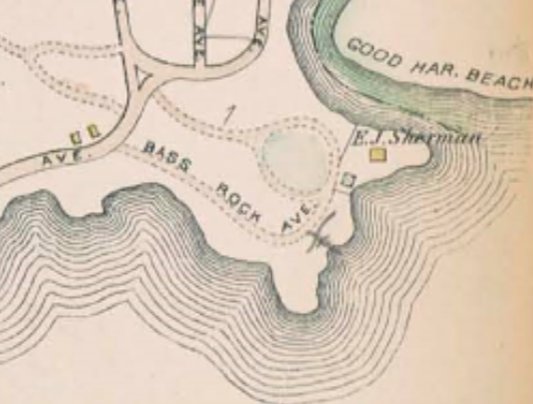
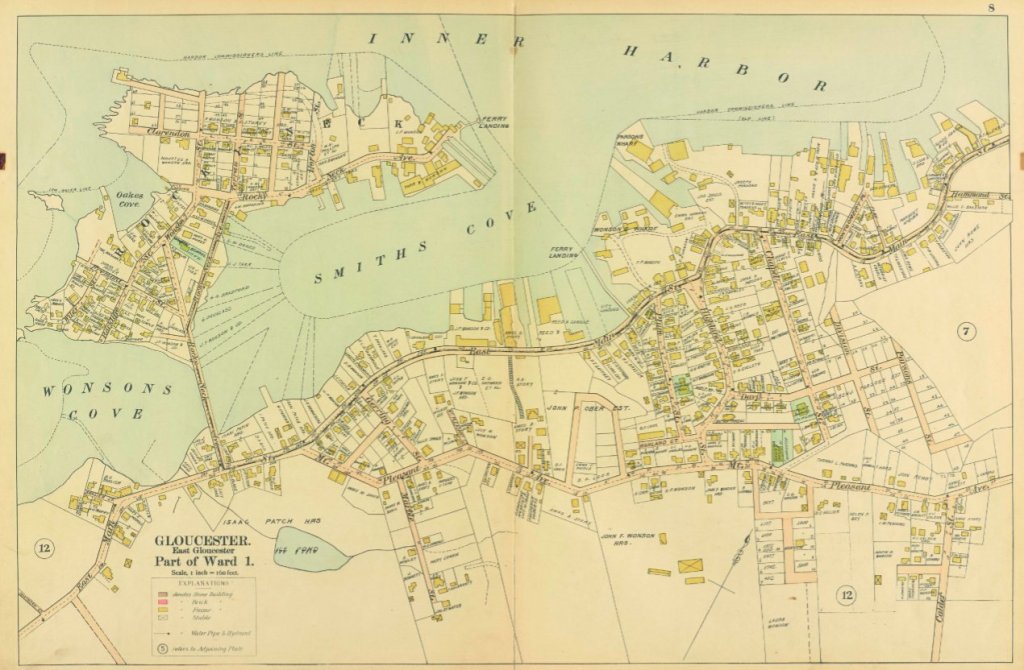
East Gloucester 1899 Stadly map 
Bass Ave
The first civilian flu death reported in Boston was just one day earlier. Quincy came 6 days later. Worcester ten.
As the first major American offensives in France were underway, the Massachusetts battle of the flu turned into a public health crisis.
There were more visitors and announcements for special singing programs in East Gloucester that September 10th. Were the Gloucester residents among the carriers or those exposed to the virus?
“Mrs. John Brainerd Wilson has been entertaining her sister, Miss Hildreth of Everett, who is supervisor in the public schools of that city. Mrs. Fred Pierson and Mr. and Mrs. Winthrop C. Sherman and child, all of Quincy, are spending a week at 62 Mt. Pleasant avenue. Letter Carrier Sherman T. Walen is indisposed at his home on Rocky Neck…The Ladies’ Society of the Chapel Street Church will hold a basket picnic in West Gloucester tomorrow…The Chapel Street Baptist church school gathered on Sunday noon, for the first time after the summer adjournment…There were 140 members of the church school present…”50
Gloucester Daily Times- East Gloucester column 9/10/1918
The School Committee convened that evening and voted to uphold the marriage bar for female teachers*, unless the husband was deployed. Duncan Wright of Annisquam was brought to Court by the Board of Health for “collecting swill without permit”. Gloucester’s “most prominent resident artist”, noted American painter, Cecilia Beaux, facilitated and underwrote the last exhibit of the 1918 season at the Gallery on the Moors: a national touring show featuring drawings and war posters created by children from France. The arts community hoped school groups would visit this very special art show near Rocky Neck. Beaux offered a gallery talk to encourage art fans.
[In lieu of installation shots from that exhibit at any venue, I’ve included 1)art by children from France created at Red Cross programs during WWI, and 2)a video of Vive L’amerique: French Children Welcome Their American Ally for a commemorative exhibit at The National WWI Museum and Memorial in 2017 that featured drawings by French schoolchildren from an art teacher’s class at the start of the war.]
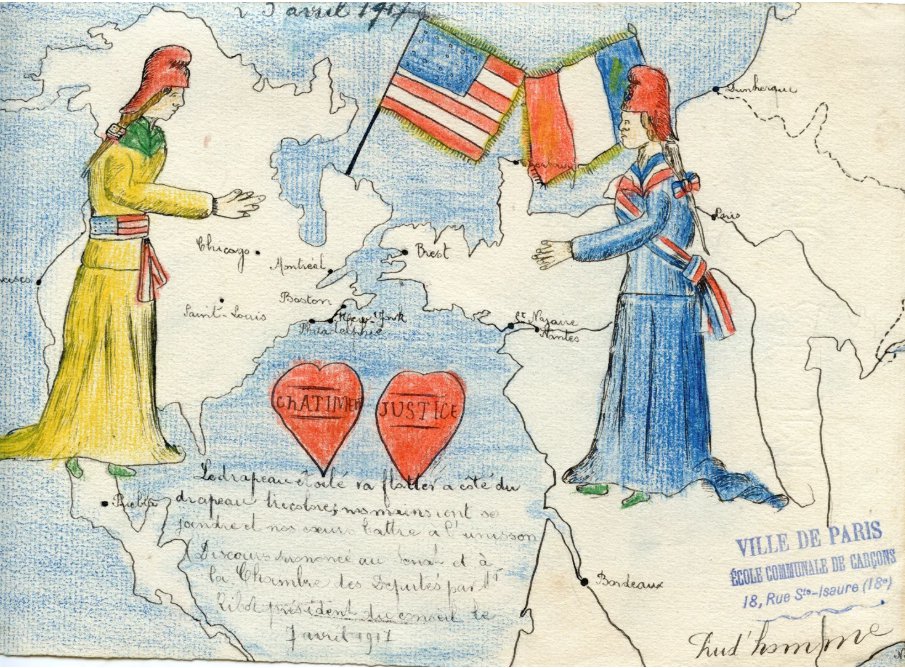
[Societe d’Histoire ed d’Archeologie Le Vieux Montmarte, Paris] 
13 year old’s poster design 1918 [LOC] 
sawed puzzle 1918 – toy handmade by French child [LOC] 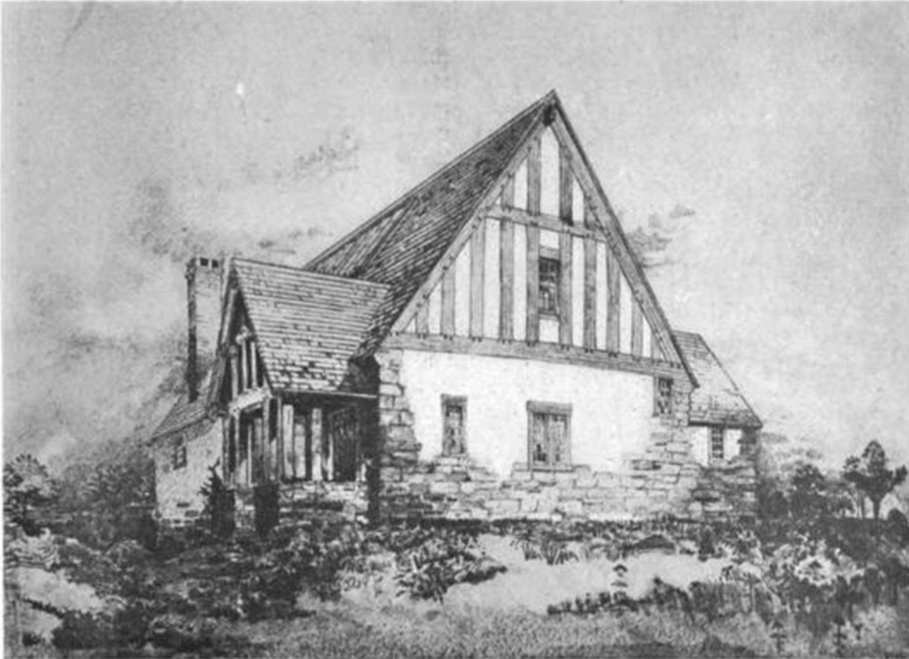
Gallery on the Moors Glouc., Ma. 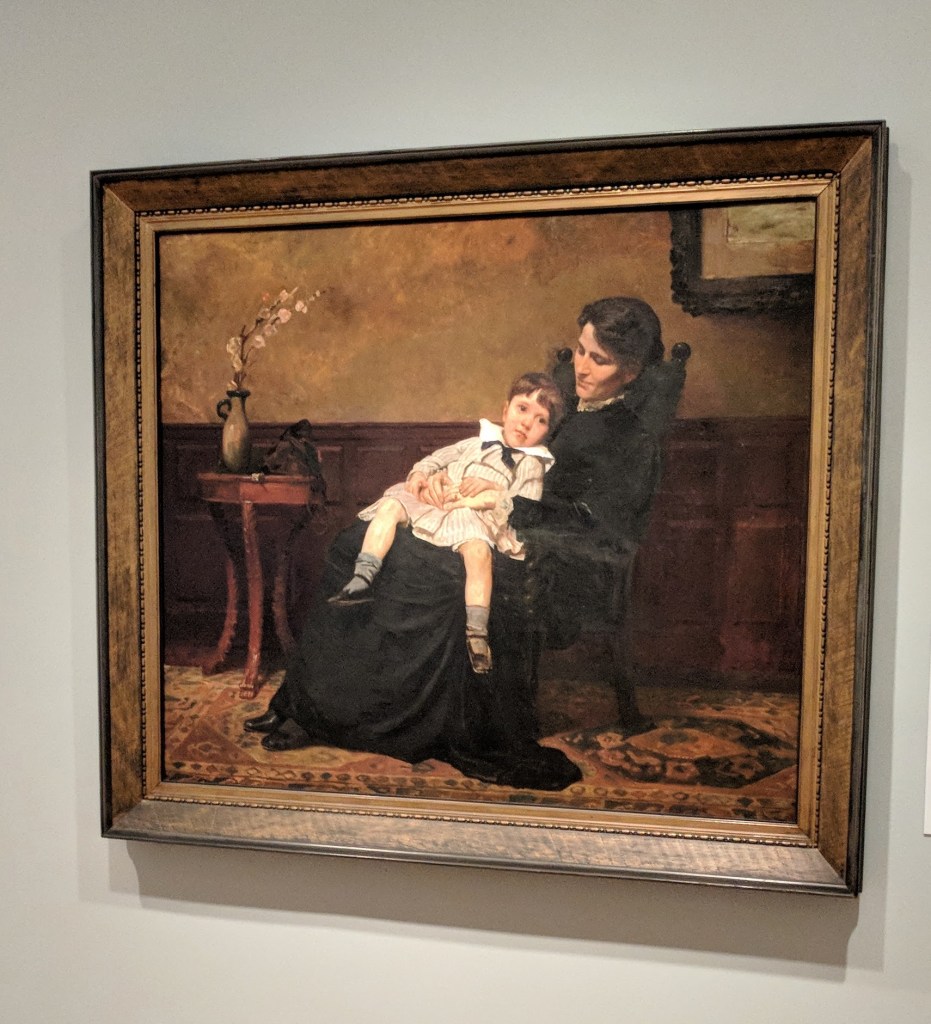
Cecilia Beaux portrait of her sister and nephew – The Last Days of Infancy (Les Derniers Jours d’Enfance) (1883-85) [Pennsylvania Academy of Arts] 
Cecilia Beaux detail* from sita and sarita [Musee d’Orsay]
Sometime that week the Schooners Natalie Hammond and Athlete left Gloucester Harbor. On September 11, 1918, the headline on the front page of the local paper was a strong reminder about the draft Registration opening at all the voting places the very next day:
All are Urged to Register Early: All Flags to Fly and Bands to Play tomorrow
From 7 o’clock tomorrow morning until 8 o’clock tomorrow evening the voting places in this city and Rockport will be open for the enrollment of those coming within the new draft every man between the ages of 18 to 45 years both inclusive not already registered must register tomorrow for the Selective Service Draft.”51
Gloucester Daily Times draft registration reminder 9/11/1918
“Tomorrow our streets will be thronged with men,” Massachusetts Governor McCall’s proclamation urging liquor stores to close began. “The day should be devoted entirely to such activities as will best expedite the enrollment of such a large number of men as are required by the National Government to enroll for military service.” Gloucester was prepared. A corps of volunteers, registrars and interpreters for those unable to speak English all readied.
Though undoubtedly effective in generating support for the war and community, the local notices, meetings and community events predate the coming calamity September 12. With hindsight they make for a wincing read. Unlike the general population in those days, contemporary readers know how each of these gatherings, little or small, ordinary or special, might spread the deadly contagion and end.
Badly.
Burn the peach stone barrel!
Avoid committee meetings!
Steer clear of the crowds—especially singing ones!
Stay home!
*author note: There were of course exceptions, however nursing and teaching jobs were targeted to all the single ladies, by law. Some who argued in defense of the policy expressed how limiting one job per household helped those who needed it most to earn a living. (One way to skirt that rule was to use the “maiden” name and keep mum about the marriage.) The teaching bar began in the late 1800s in the U.S. and lasted until the Civil Rights act in 1964.
Follow along-
- Full article- 1918 Pandemic: Reconstructing How the Flu Raged Then Flattened in Gloucester, Massachusetts when 183 Died in 6 weeks
- Excerpt part 1- Labor Day crowds before the first flu death: Gloucester during the 1918 Pandemic Part 1
- Excerpt part 2 Fierce contagion fast deaths Boston Navy Yards and Fort Devens: Gloucester during the flu Pandemic 1918 part 2
- Excerpt part 3 (above)
- Flu Masks / Face Masks instructions Gloucester 1918 1918 Directions for sewing face masks and the Mask Factory in #GloucesterMA | plus DIY lost sock mask 2020 – Good Morning Gloucester
**detail from a dynamite painting, one of the great portraits– and cat depictions ever– for Joey DC

